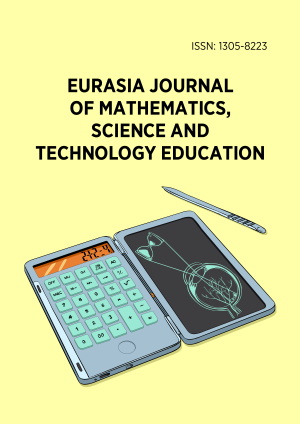Abstract
This qualitative, action research methodology study aims at the construction of a teaching unit for the development of learning processes, analyzing the learning trajectories of students around the study of geometric proportionality in topics related to similarity, homothecy, and Thales’ theorem. The didactic unit was designed under the principles of the phases of the van Hiele’s (1986) model, mathematical visualization, and the use of GeoGebra software. Among the results obtained, it can be evidenced that students went from not having a clear notion of similarity to constructing a definition for similarity, proportionality, and homothecy; from not identifying criteria for similarity to identifying and understanding the mathematical properties that remain invariant in similar figures; from not using visualization skills and not communicating their arguments using an appropriate mathematical language to using visualization skills and processes.
License
This is an open access article distributed under the Creative Commons Attribution License which permits unrestricted use, distribution, and reproduction in any medium, provided the original work is properly cited.
Article Type: Research Article
EURASIA J Math Sci Tech Ed, Volume 19, Issue 9, September 2023, Article No: em2324
https://doi.org/10.29333/ejmste/13500
Publication date: 01 Sep 2023
Online publication date: 23 Jul 2023
Article Views: 2909
Article Downloads: 3164
Open Access References How to cite this article
 Full Text (PDF)
Full Text (PDF)